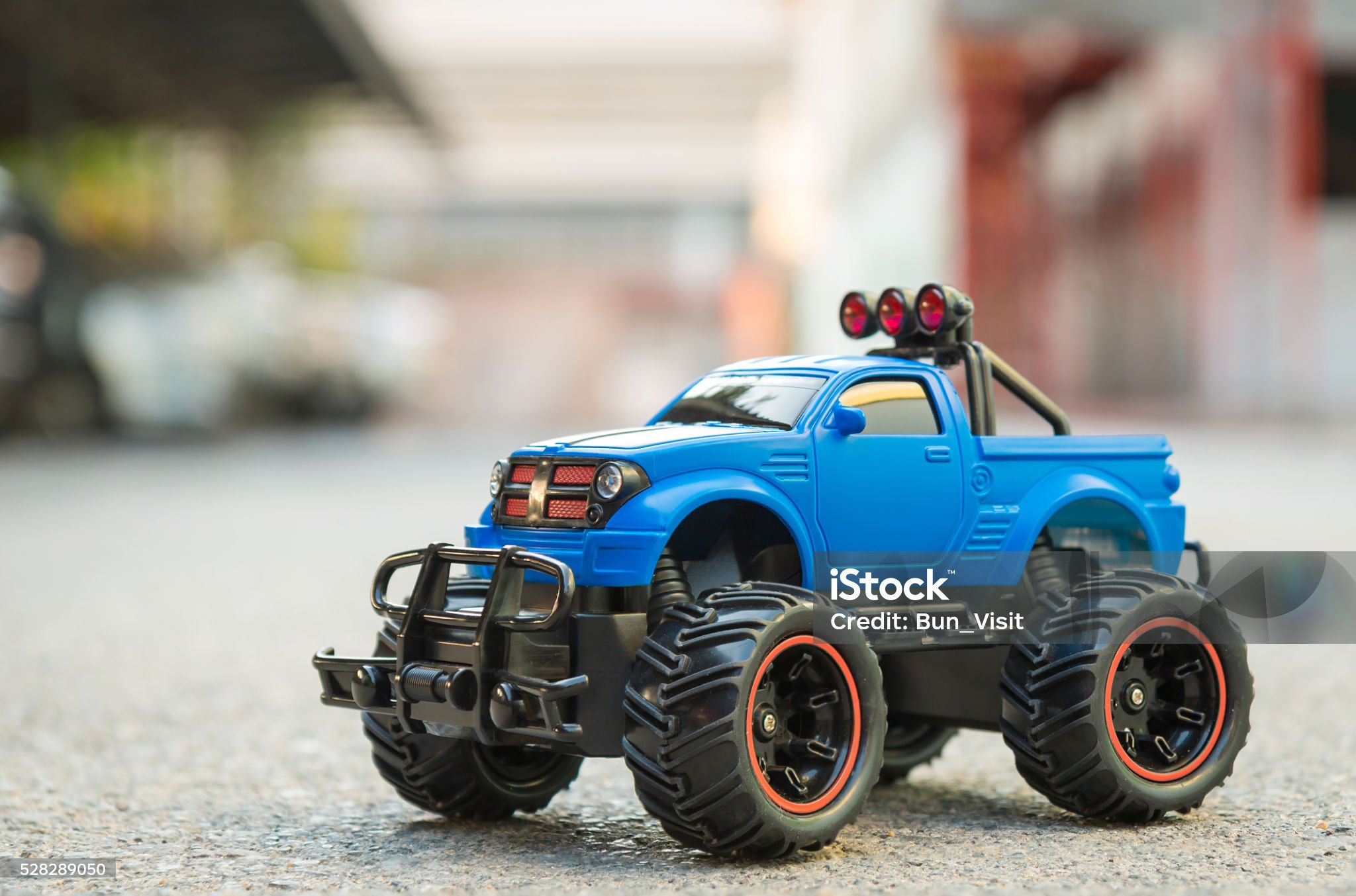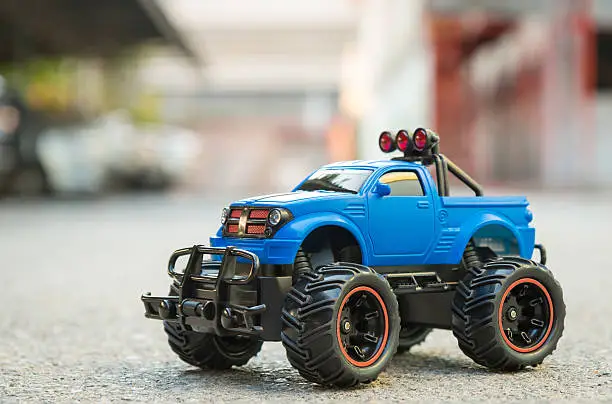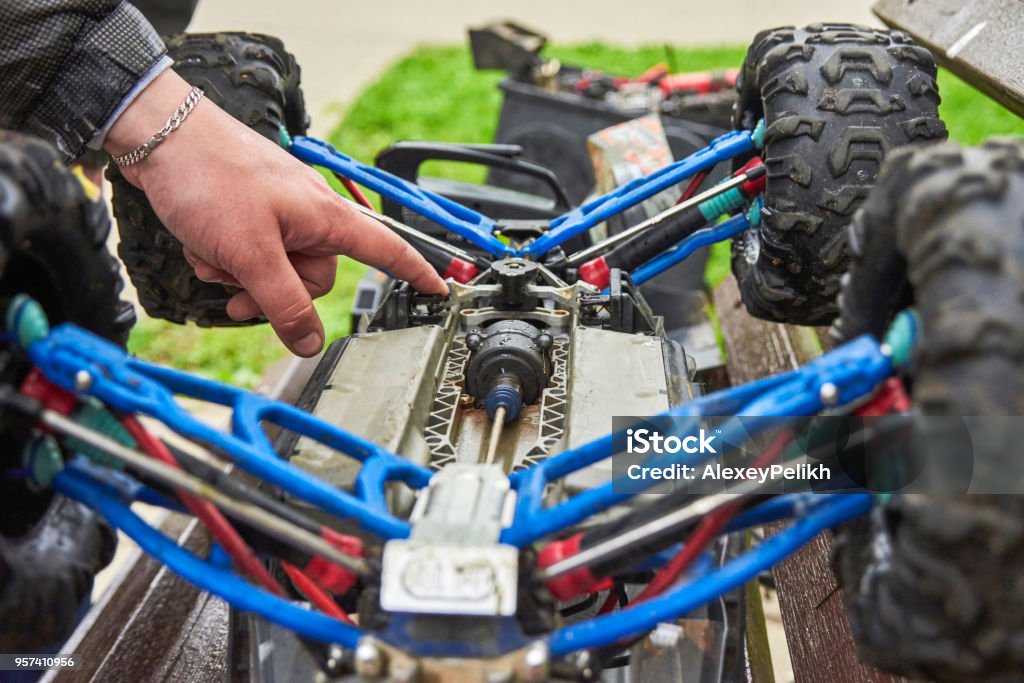Remote-controlled (RC) cars have captivated hobbyists and enthusiasts for decades, offering a blend of precision, speed, and fun. Among the myriad of RC cars available, custom RC cars stand out, allowing builders to infuse their personal touch and engineering prowess into each model. Custom RC cars are not just about aesthetics; they represent a personalized approach to performance and design. This article explores the world of custom RC cars, detailing the benefits, processes, and key considerations involved in crafting these unique machines.
The Appeal of Custom RC Cars
Custom RC cars offer a unique blend of creativity and engineering, appealing to both seasoned hobbyists and newcomers. The appeal lies in the ability to create a vehicle that is not only visually distinct but also tailored to specific performance needs. Here are some reasons why custom RC cars are so compelling:
- Personalization: Custom RC cars allow enthusiasts to design a vehicle that reflects their style and preferences. From paint schemes to body styles and modifications, the customization options are virtually limitless.
- Enhanced Performance: By customizing an RC car, builders can upgrade components to improve performance. This includes enhancements to speed, handling, and durability, tailored to specific types of racing or off-road challenges.
- Creativity and Innovation: Custom RC car building encourages creativity and problem-solving. Builders can experiment with new designs, materials, and technologies, pushing the boundaries of what an RC car can achieve.
The Customization Process
Creating a custom RC car involves several steps, each requiring careful planning and execution. Here’s a breakdown of the customization process:
- Planning and Design: The first step is to define the goals for the custom RC car. This involves deciding on the type of vehicle (e.g., on-road, off-road, drift), performance targets, and design preferences. Sketching out ideas and researching different components helps in creating a cohesive plan.
- Selecting Components: Once the design is set, the next step is choosing the right components. This includes the chassis, body, suspension, wheels, tires, motor, and electronics. High-quality components are crucial for achieving the desired performance and durability.
- Assembly and Modification: With the components in hand, the assembly process begins. This might involve modifying parts to fit together correctly, adjusting suspension settings, or installing upgraded motors and electronics. Attention to detail is essential to ensure that all parts work harmoniously.
- Painting and Finishing: Custom RC cars often feature unique paint jobs and decals. This step allows builders to add a personal touch and enhance the vehicle’s appearance. High-quality paints and finishes are used to ensure a professional look.
- Testing and Tuning: After assembly, the custom RC car is tested to evaluate its performance. Fine-tuning adjustments are made to optimize handling, speed, and overall functionality. This phase may involve tweaking suspension settings, adjusting gear ratios, or calibrating the electronic systems.
Key Considerations for Custom RC Cars
While customizing an RC car can be a rewarding experience, there are several key considerations to keep in mind:
- Budget: Customizing an RC car can become expensive, depending on the components and modifications chosen. It’s important to set a budget and prioritize components that will provide the most significant performance improvements.
- Skill Level: Building a custom RC car requires a certain level of skill and knowledge. Beginners might want to start with a basic kit and gradually progress to more complex modifications. There are also many online communities and resources that offer guidance and support.
- Compatibility: Ensuring that all components are compatible with each other is crucial. Mismatched parts can lead to performance issues or damage. Researching compatibility and seeking advice from experts can help avoid potential problems.
- Maintenance: Custom RC cars require regular maintenance to keep them in optimal condition. This includes cleaning, inspecting for wear and tear, and making necessary repairs or adjustments. Proper maintenance ensures longevity and consistent performance.
The Future of Custom RC Cars
The world of custom RC cars continues to evolve with advancements in technology and materials. Innovations such as 3D printing, improved battery technologies, and advanced electronic systems are expanding the possibilities for customization. Enthusiasts can now create even more intricate designs and achieve higher levels of performance than ever before.
The rise of online communities and forums also means that builders have access to a wealth of knowledge and resources. Sharing ideas, techniques, and experiences with other enthusiasts fosters a collaborative environment and drives further innovation.
Conclusion
Custom RC cars represent a unique fusion of creativity and engineering, offering enthusiasts the opportunity to build vehicles that are both visually stunning and high-performing. The process of designing, assembling, and fine-tuning a custom RC car is a fulfilling journey that combines personal expression with technical skill. Whether you’re a seasoned hobbyist or a newcomer to the world of RC drift cars, the thrill of crafting a one-of-a-kind machine is an experience that is sure to inspire and delight. As technology advances and new possibilities emerge, the future of custom RC cars promises to be as exciting and dynamic as ever.




